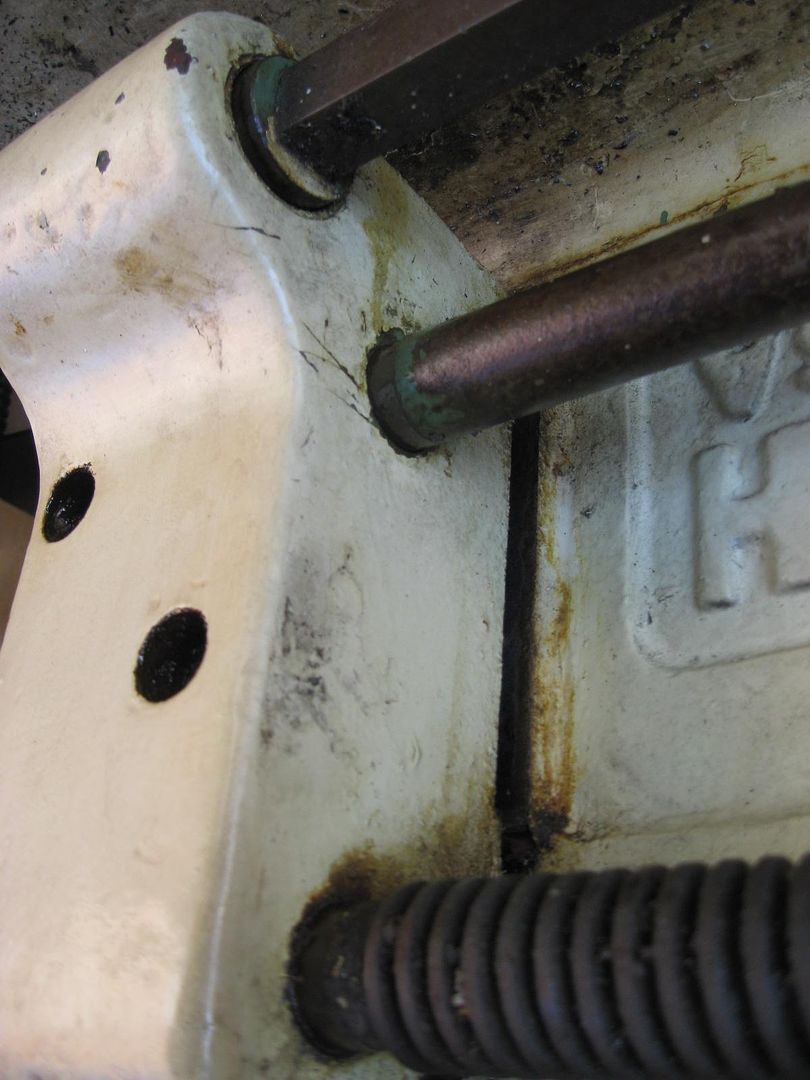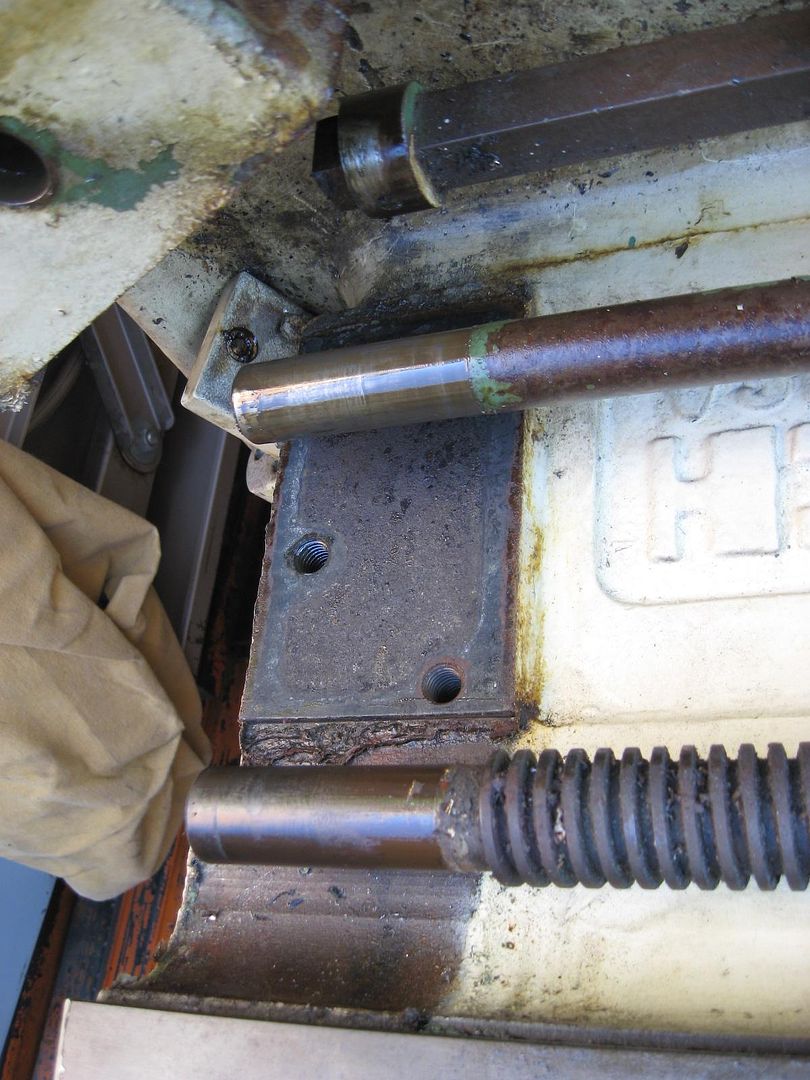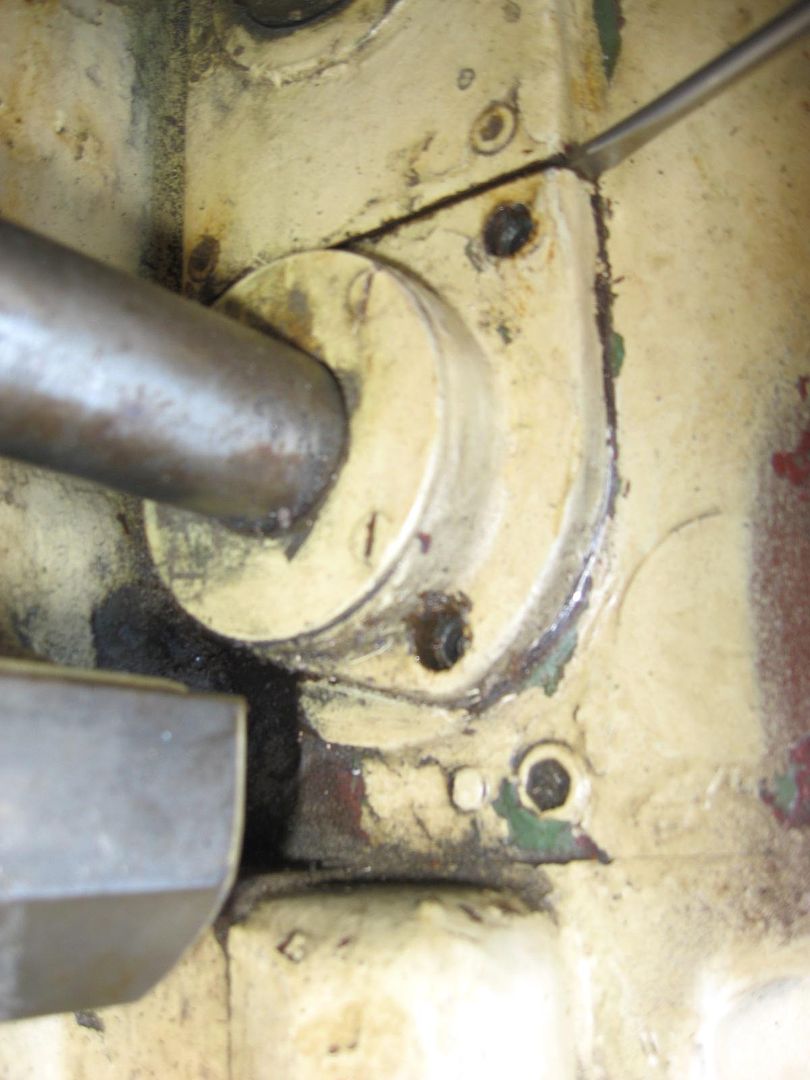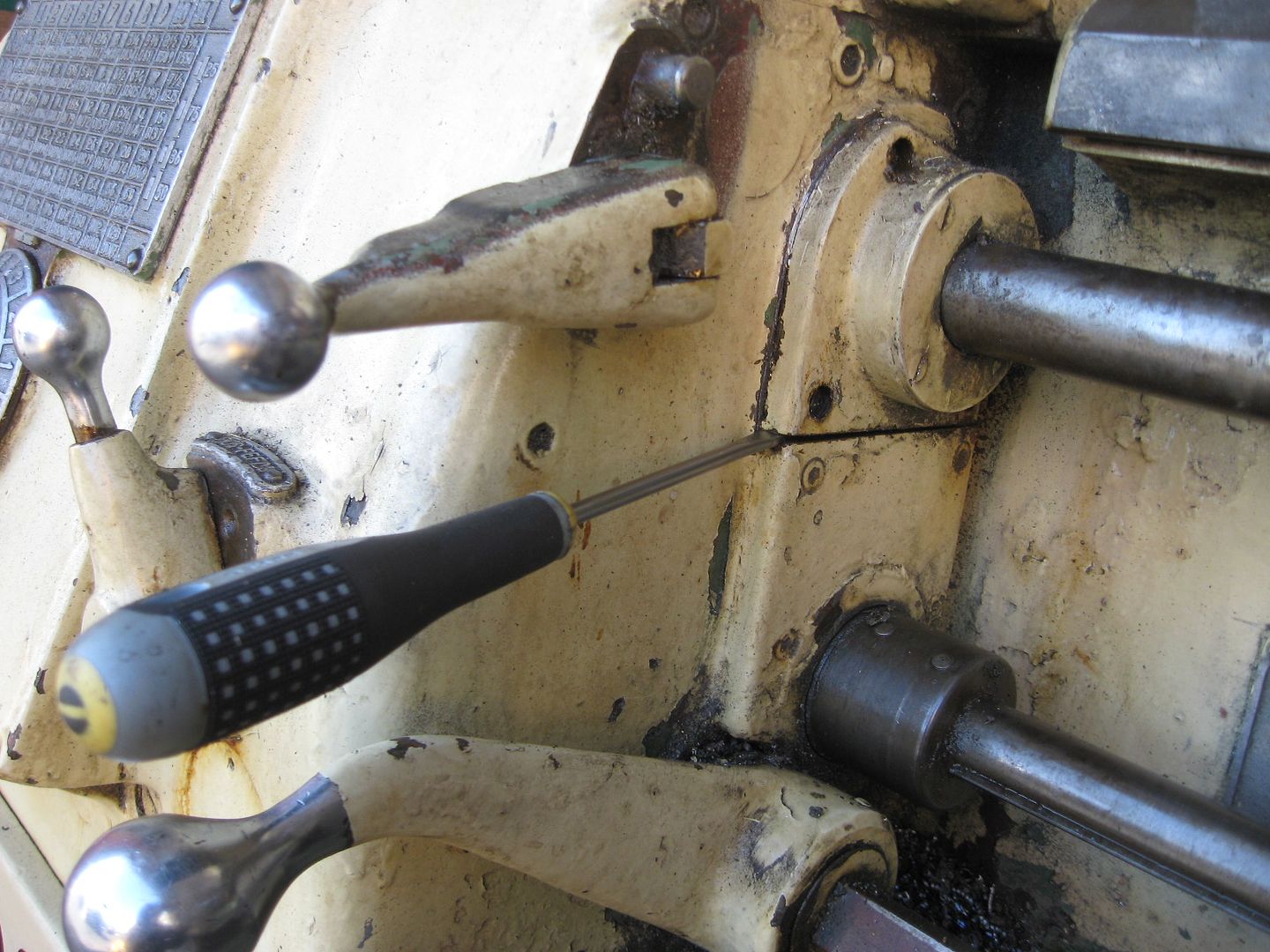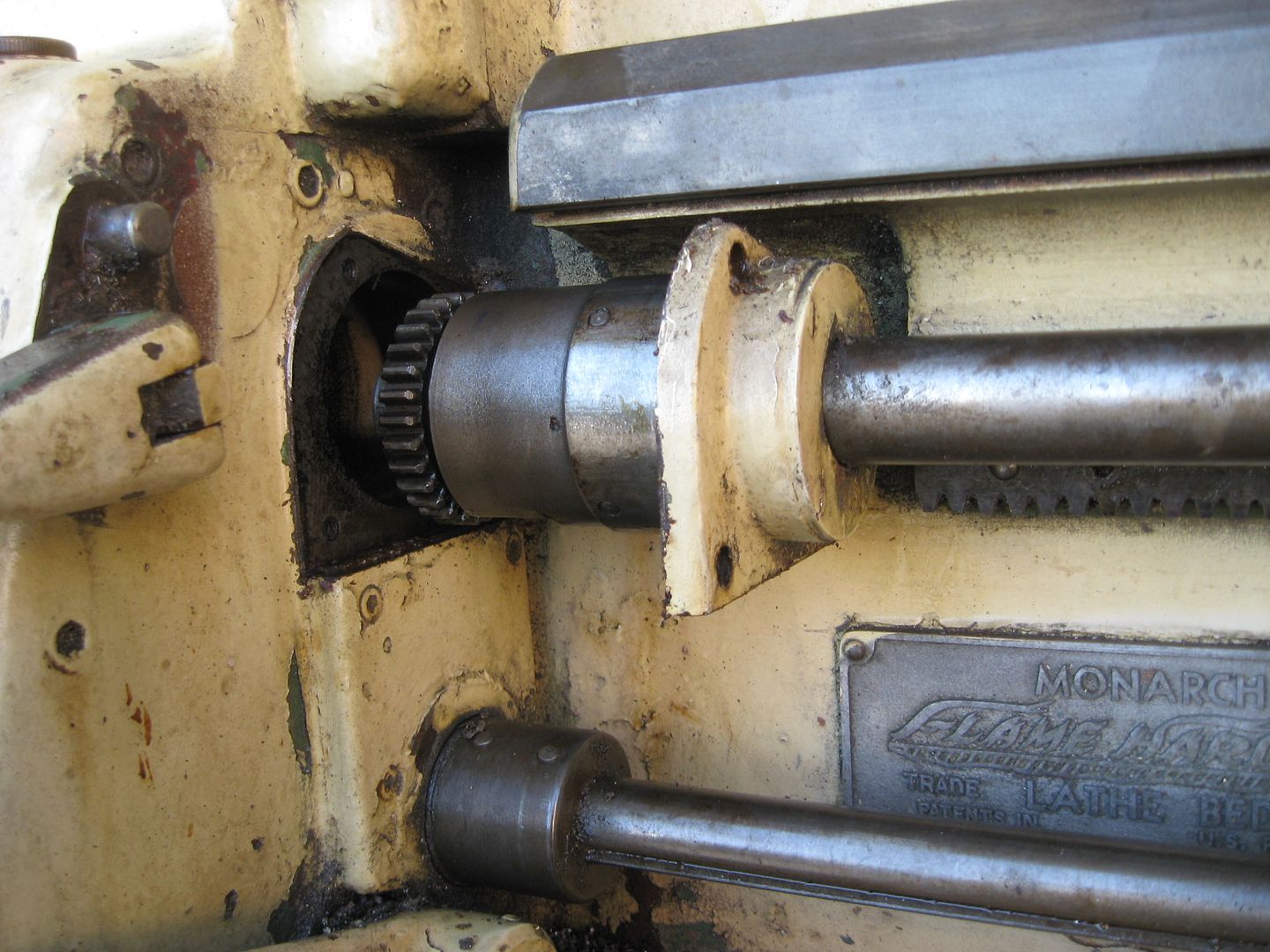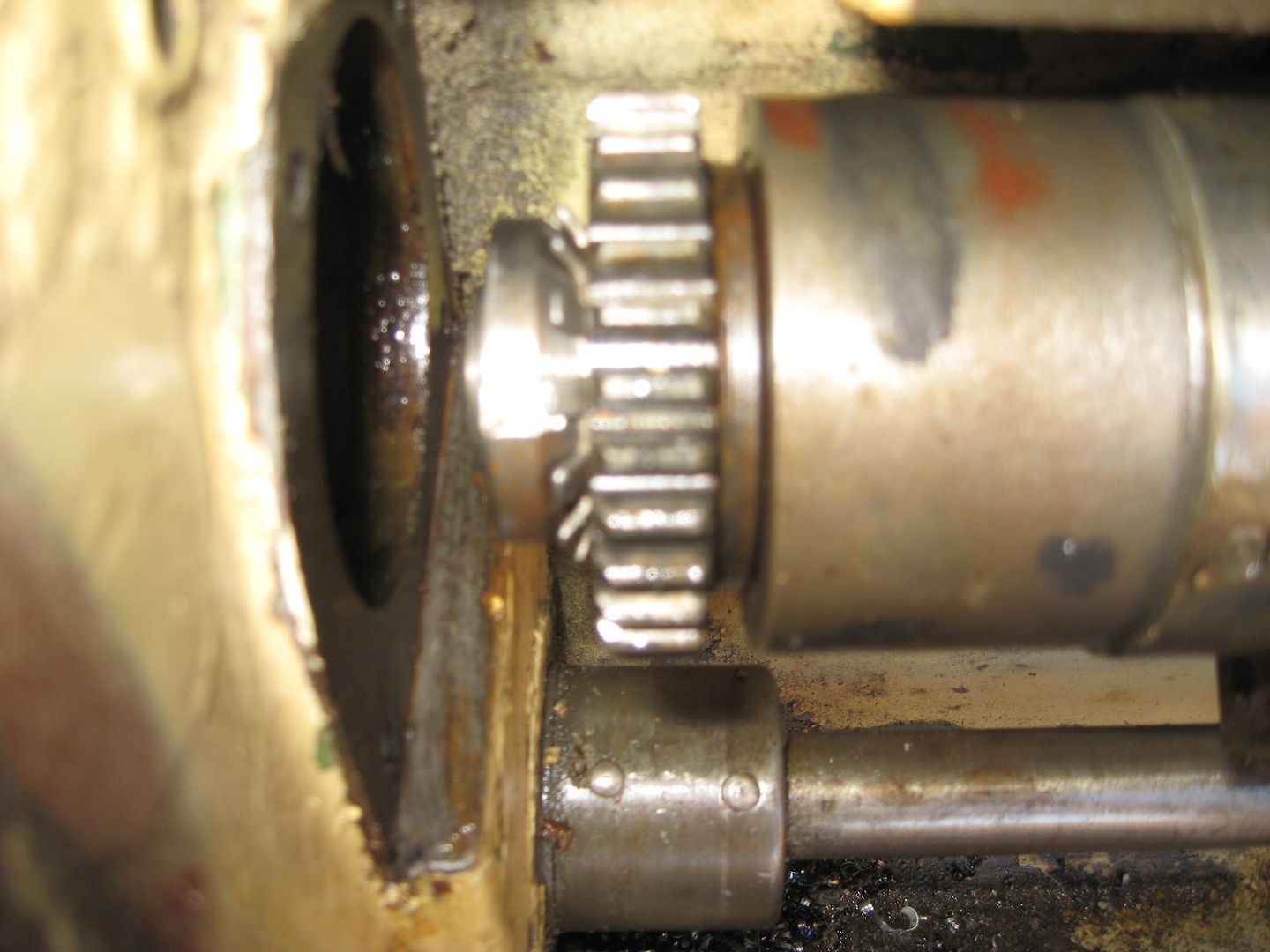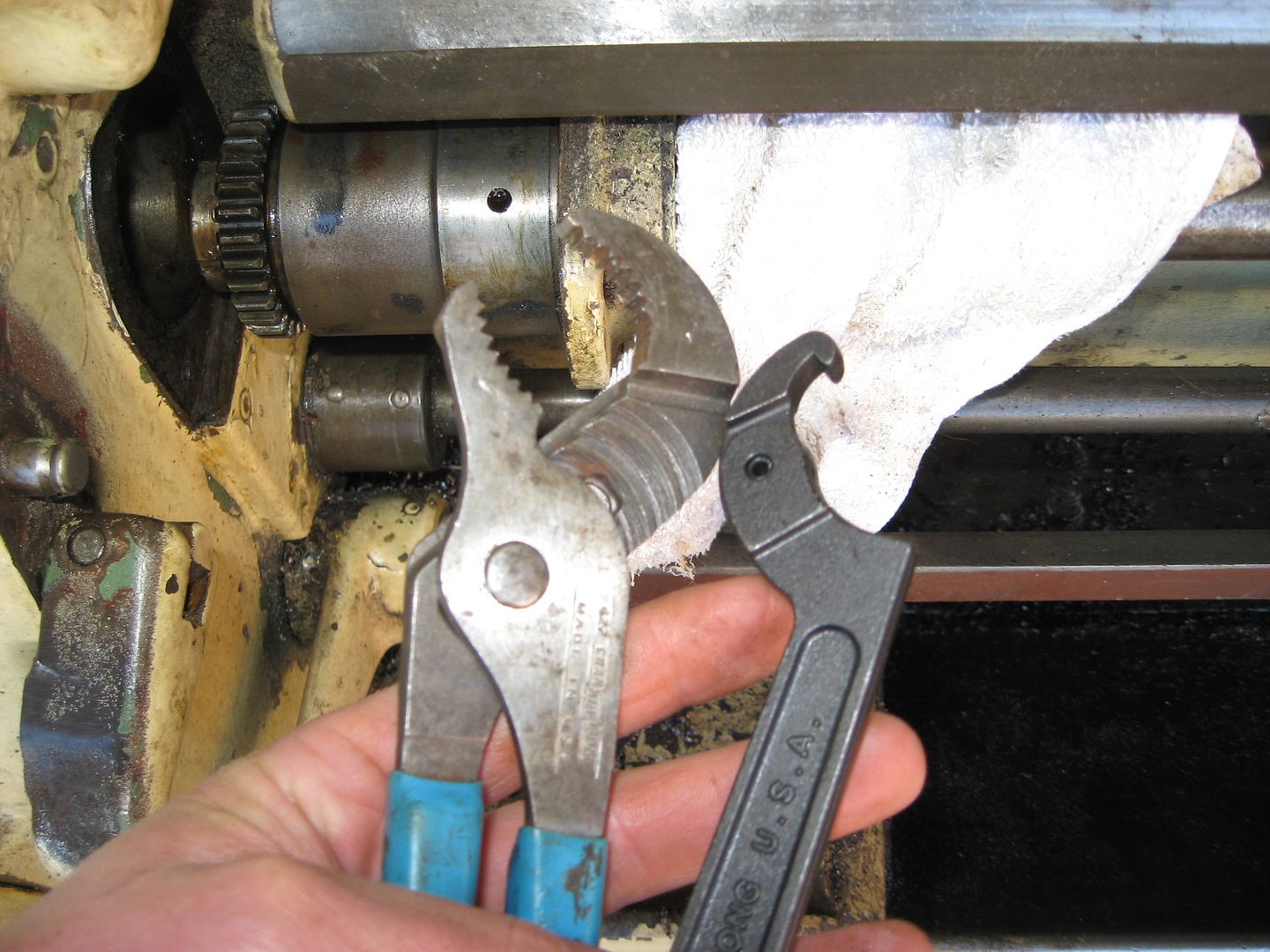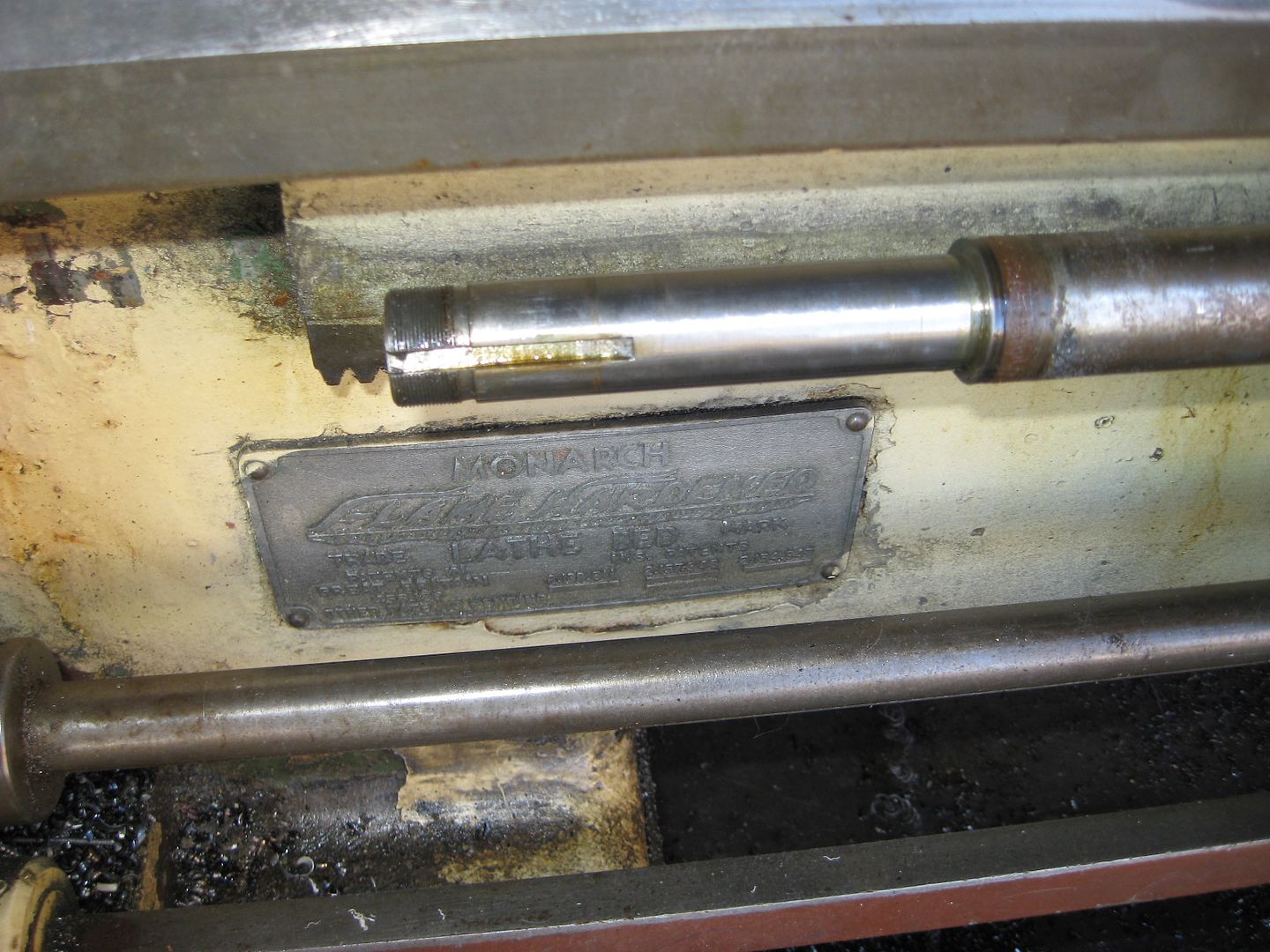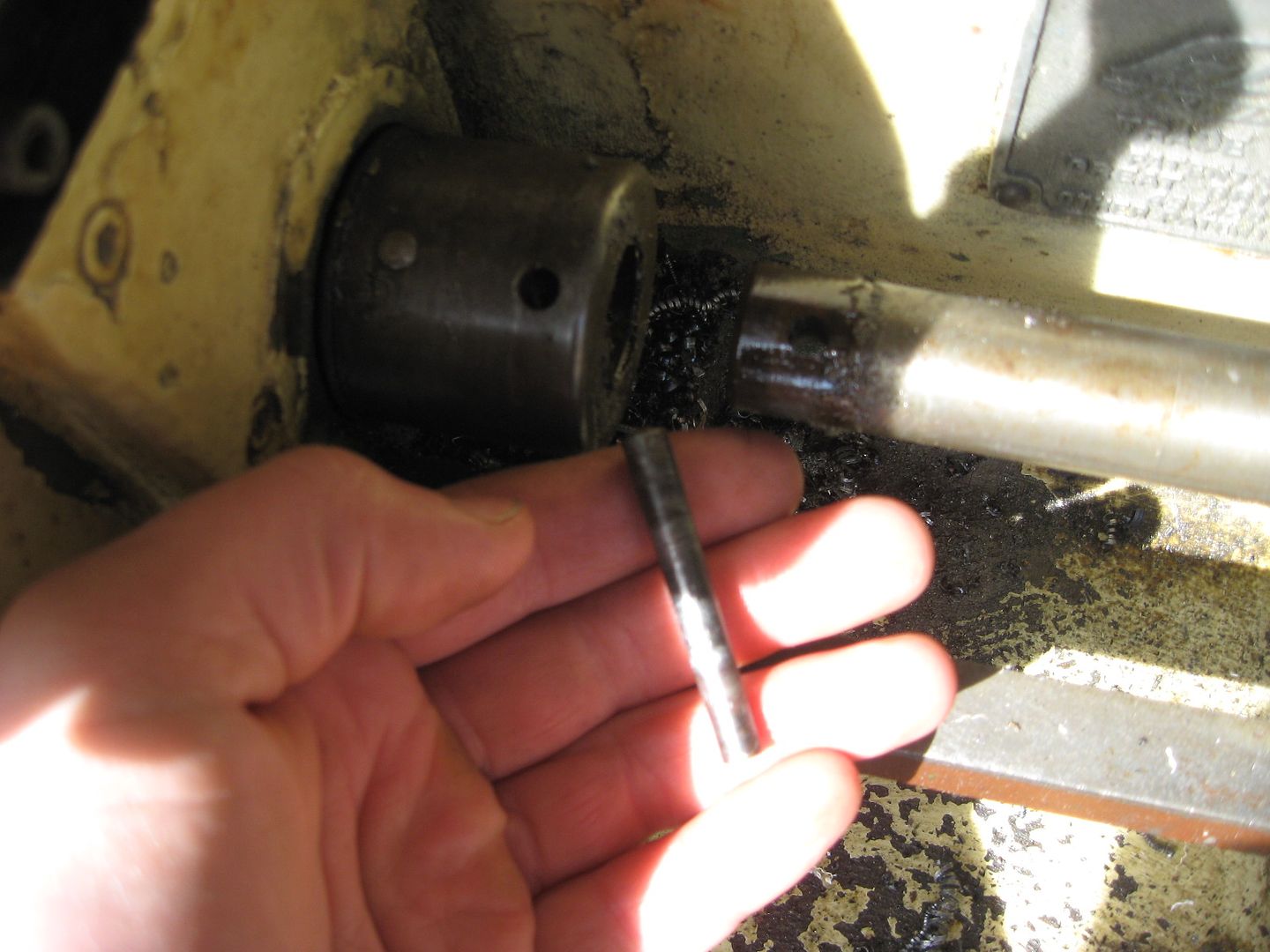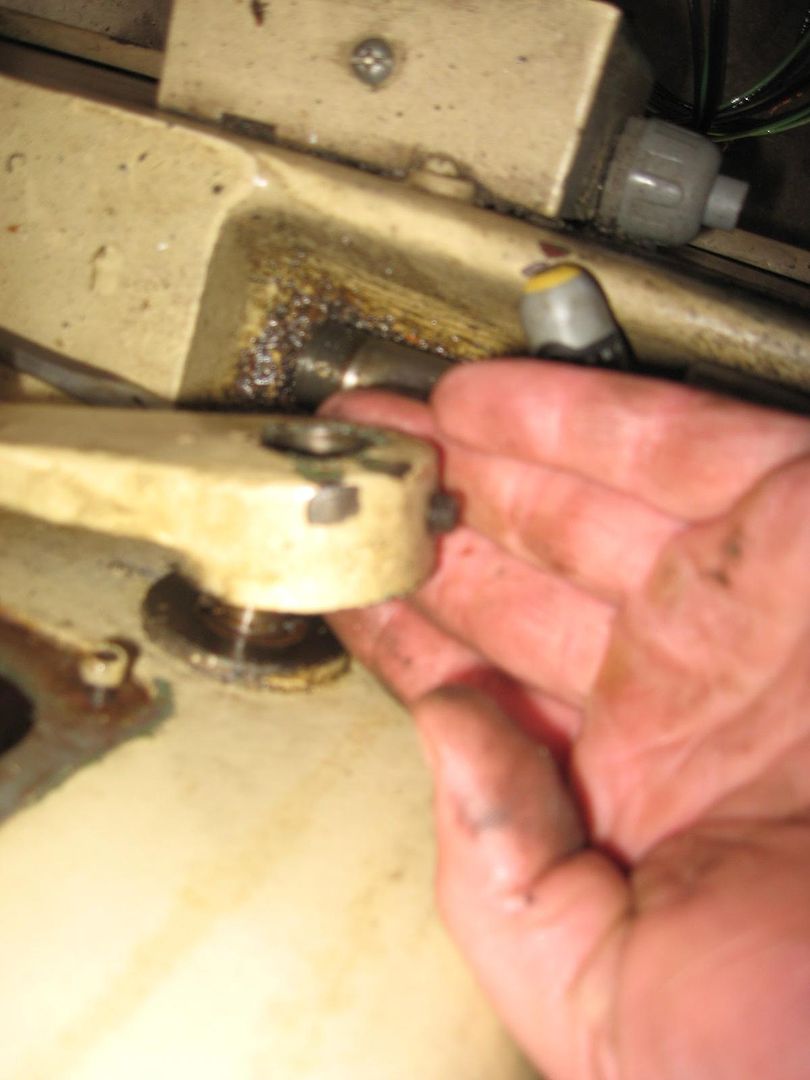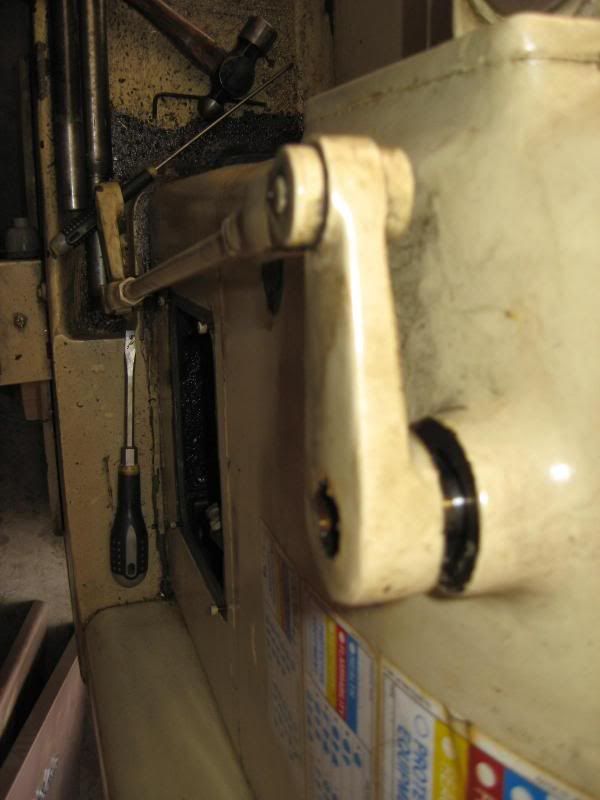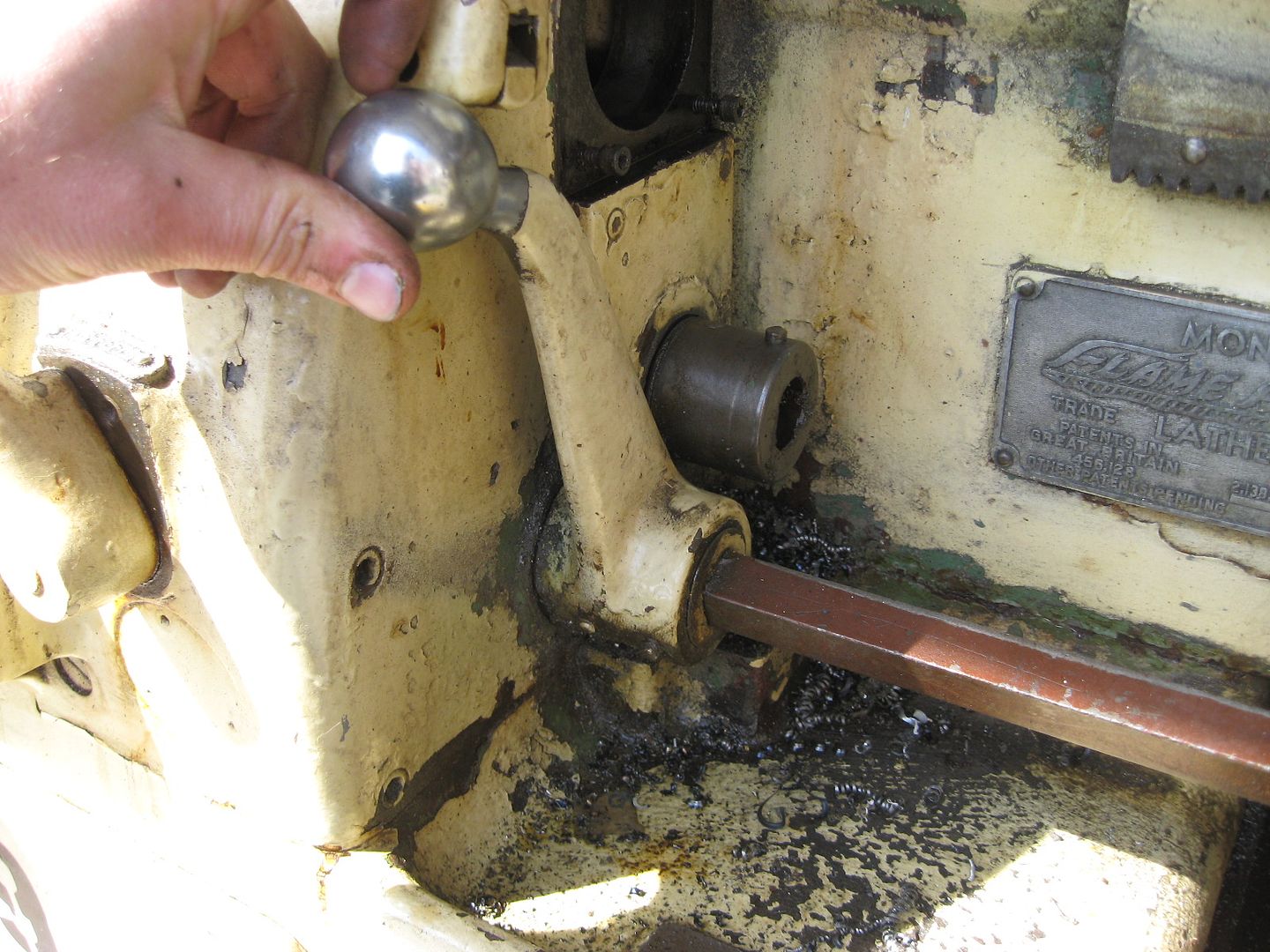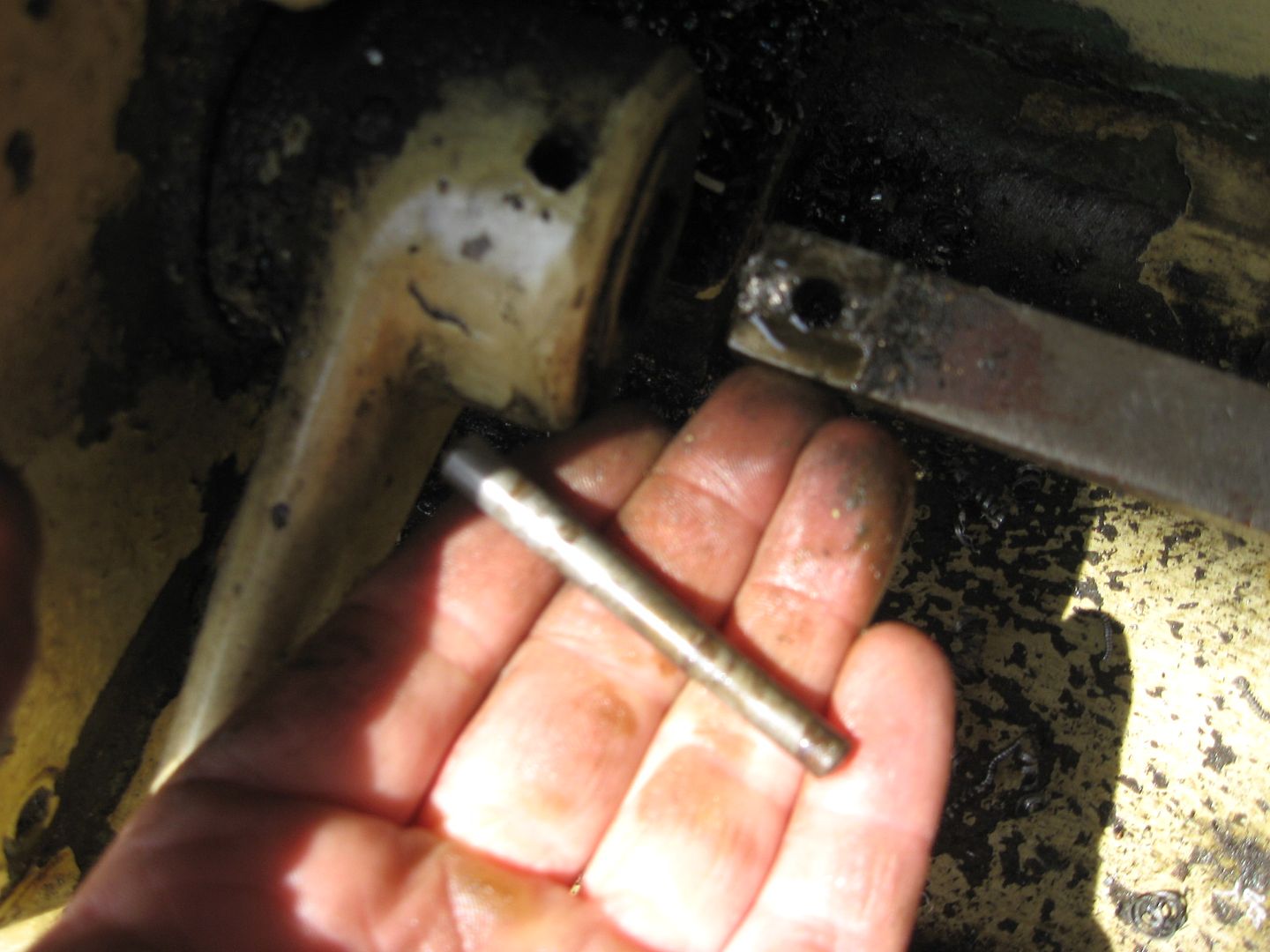matt_isserstedt
Diamond
- Joined
- Dec 15, 2003
- Location
- suburbs of Ann Arbor, MI, USA
So I picked this up earlier today, I had the nice experience of meeting PM Member USMachine and tell some stories of hauling iron 
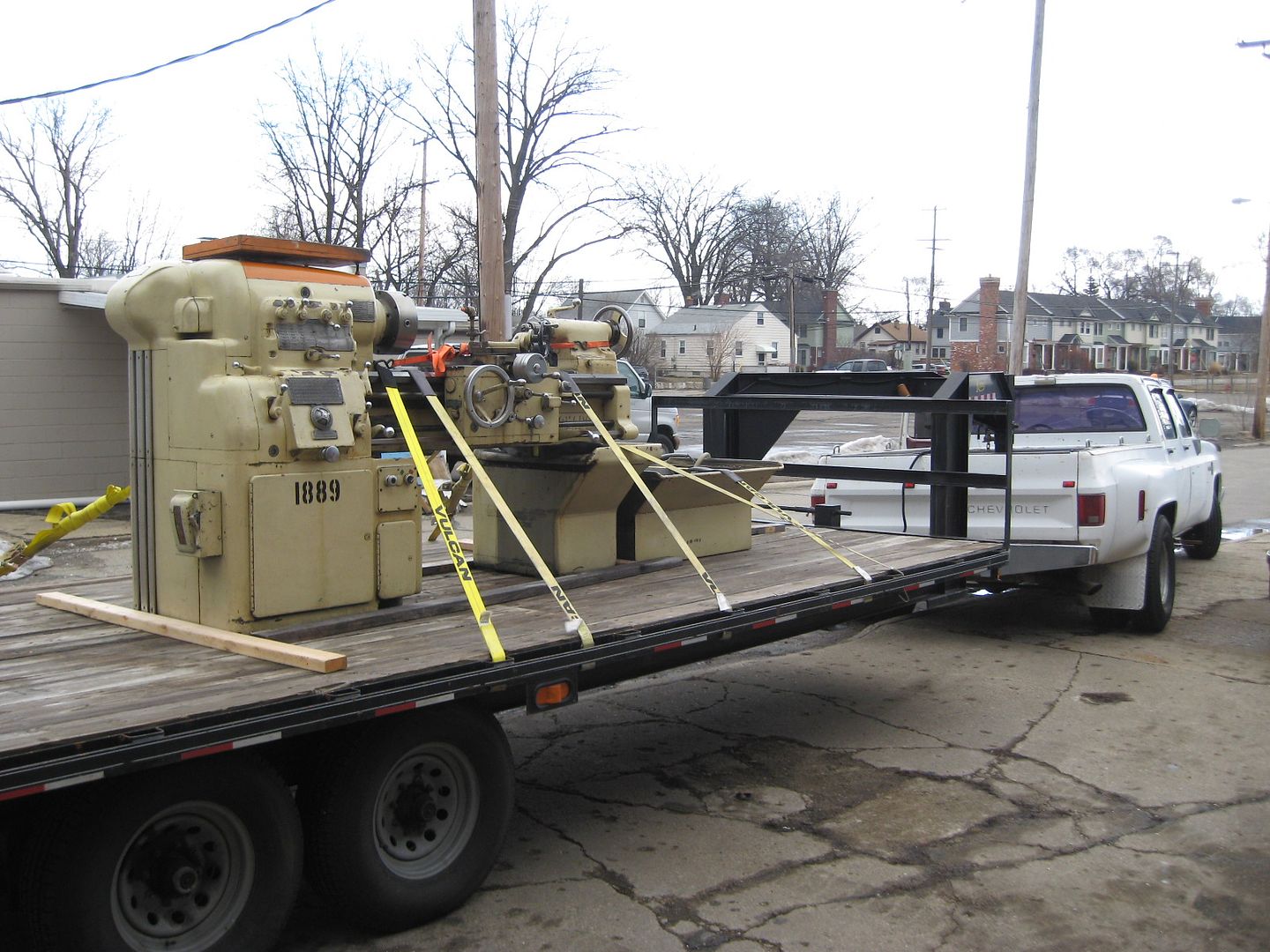
Now I have a dilemma. I already have a CK 12x30 with good bed & tight cross slide, however wonky clutch and really crusty old peeling paint and nearly every bit of chrome is surface rusted just due to the way the former owner stored it. Around a 500rpm top speed machine although I realize that could be changed higher.
And I have this, looks great, smooth in all speeds, higher top speed, tight cross slide but some bed wear in the center. The flat tailstock way is touching the saddle near the center, climbs around .005" on a dial indicator once contact is established. Just a WAG without using any other alignment tools, that .010" to .015" or so would be needed to cleanup fully. While I respect the CK of course, the 61 is the white whale I've been chasing. Something about those cast iron covers...
Unfortunately I can keep only one of the two long-term, so I have to formulate my decision process. Rebuilding a lathe is also a goal of mine, personally, just to go thru the steps and train myself further and hopefully come out better than before.
Hoping to attend Richard King's scraping and rebuilding class if enough students apply (think 3 more needed to fill it out) in April, so that sounded like the possible entry into a big project to refresh it.
I've read the stories of Commerce (way) Grinding, was hoping someone had experience with someone in SE Michigan for same type of service, just so I can get some quotes for about what I'm going to get into. Or maybe you want to talk me out of it Does Monarch in Sidney grind beds there or is it only available to a full-service refresh (I know enough I don't have to ask the price for that...not that I don't respect them, just out of reach currently.)
Does Monarch in Sidney grind beds there or is it only available to a full-service refresh (I know enough I don't have to ask the price for that...not that I don't respect them, just out of reach currently.)
Thanks for ideas and input.


Now I have a dilemma. I already have a CK 12x30 with good bed & tight cross slide, however wonky clutch and really crusty old peeling paint and nearly every bit of chrome is surface rusted just due to the way the former owner stored it. Around a 500rpm top speed machine although I realize that could be changed higher.
And I have this, looks great, smooth in all speeds, higher top speed, tight cross slide but some bed wear in the center. The flat tailstock way is touching the saddle near the center, climbs around .005" on a dial indicator once contact is established. Just a WAG without using any other alignment tools, that .010" to .015" or so would be needed to cleanup fully. While I respect the CK of course, the 61 is the white whale I've been chasing. Something about those cast iron covers...
Unfortunately I can keep only one of the two long-term, so I have to formulate my decision process. Rebuilding a lathe is also a goal of mine, personally, just to go thru the steps and train myself further and hopefully come out better than before.
Hoping to attend Richard King's scraping and rebuilding class if enough students apply (think 3 more needed to fill it out) in April, so that sounded like the possible entry into a big project to refresh it.
I've read the stories of Commerce (way) Grinding, was hoping someone had experience with someone in SE Michigan for same type of service, just so I can get some quotes for about what I'm going to get into. Or maybe you want to talk me out of it
 Does Monarch in Sidney grind beds there or is it only available to a full-service refresh (I know enough I don't have to ask the price for that...not that I don't respect them, just out of reach currently.)
Does Monarch in Sidney grind beds there or is it only available to a full-service refresh (I know enough I don't have to ask the price for that...not that I don't respect them, just out of reach currently.)Thanks for ideas and input.


 With the saddle off I could also check a little bit with a 4' master straightedge that I have and do a few spot and feeler gauge checks to quantify a little better.
With the saddle off I could also check a little bit with a 4' master straightedge that I have and do a few spot and feeler gauge checks to quantify a little better.